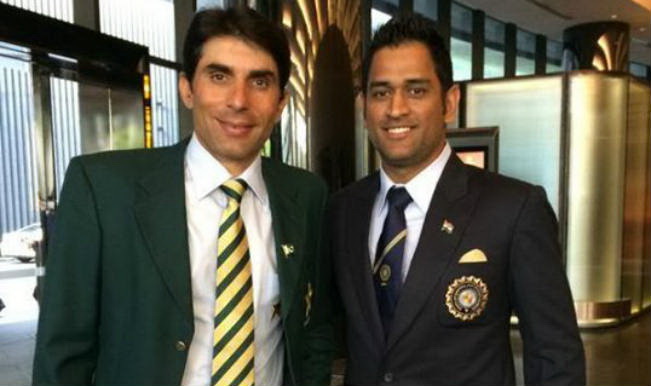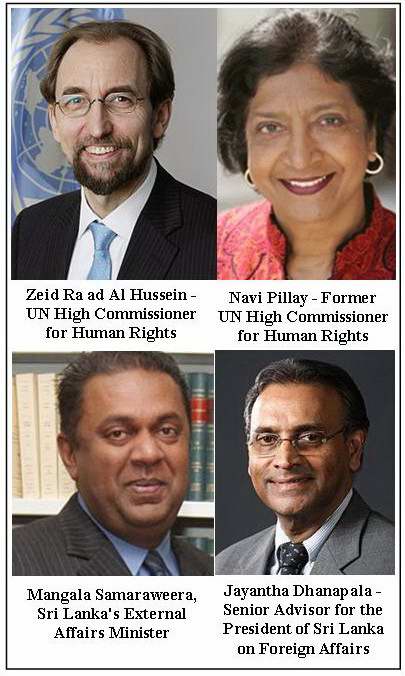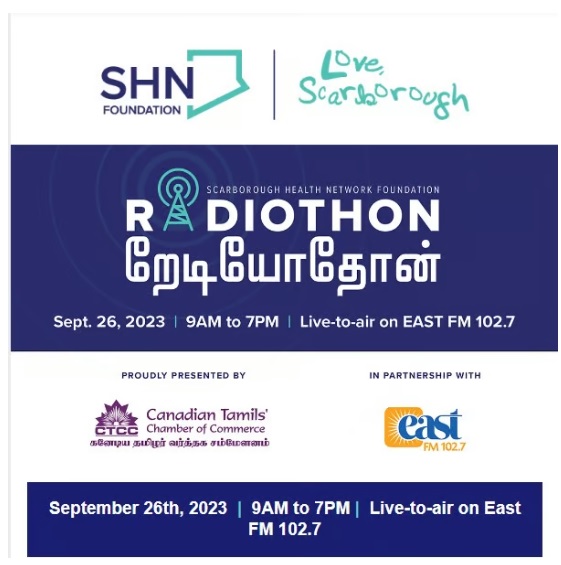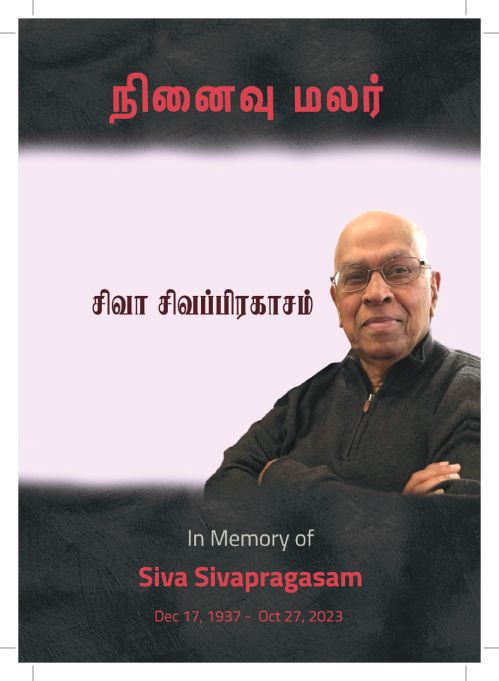 ??
??
By: Ramasamypillai Thambyah Ramachandran
Maha Shivratri is a religious observance for Hindus world over and it is a public holiday in Sri Lanka. Of the two public holidays for Hindus Maha Sivarathiri day is purely devoted to worship, compared to Deepavali which is a religious day with festivities. Maha Shivratri, literally translates to “great night of Shiva” is observed every year by devotees of Lord Shiva throughout the world in particular and Hindus in general.
Of the twelve Shivaratris in the year, Maha Shivratri is the most holy for Hindus and is celebrated on the 14th day of the dark fortnight in the month from the Hindu lunar calendar, one night and day before the new moon, the one which falls in February or March as per the Gregorian calendar.?? Lord Shiva is ‘Shakti’ or power is the most powerful and fascinating deity in Hinduism, who represents death and dissolution. The day is celebrated to venerate Lord Shiva, an important deity in Hindu culture is principally observed by all-day fasting and an all-night-awakening. Maha Shivratri, is the ideal time to observe Shiva Pooja and on this day, in Shiva temples throughout the country the most auspicious Linga Pooja is performed.
The best known Iswaram of Lord Shiva in the City is the temple of Sri Ponnambalavaneswarar, located across the harbor at Srimath Ramanathan Road in Kochchikade outside Colombo fort. The temple is built with granite exterior matched by the restrained exquisite stonework inside which gives the feeling of an ancient yet timeless structure. Hindus on Maha Shivratri perform the elaborate puja, or ritual of worship to Lord Shiva with chants and hymns dedicated to him. Long periods of meditation are observed as mantras are repeated by the worshippers to help the meditation.
More ancient temples of Lord Shiva are spread through the country. In the North is Tiruketheeswaram, at Manthai (Historically known as Manthottam), a coastal town and an ancient harbor situated in the Mannar District. Mathoddam is first mentioned in connection with the landing of Vijaya???s second wife, a royal princess from the Pandyan Kingdom. The existence of the Temple Tiruketheeswaram, the origin of which is not covered by existing records, is an indication of the antiquity of the port. Indeed Mathoddam is the only port in the Island which is a buried city and has references in the Sangam literature of the Tamils describing Mathoddam as a great port.
In the East is Tirukoneswaram at Trincomalee, a classical-medieval Hindu temple complex in the region in the Trincomalee District. In the South is Thondeswaram situated in the port town Dondra Head, Matara in the Galle District. This shrine is venerated as the southernmost of all ancient Ishwarams of Lord Shiva, built at coastal points around the circumference of the island in the classical period. It’s splendor and prominence ranked it in stature alongside the other famous Tirukoneswaram at Trincomalee. In the west is Munneeswaram located in a village situated in the Puttalam District.
In Jaffna peninsula there are many temples of Lord Shiva, the most known is the Naguleswaram temple, a famous Hindu temple in Keerimalai near the ancient port of Kankesanthurai in Jaffna District. One of the oldest shrines of the region, it is the northernmost shrine on the island of the five ancient Iswarams of Lord Siva, venerated by Hindus across the world from classical antiquity. Its adjacent water tank, the Keerimalai Springs, is believed to have curative properties.













